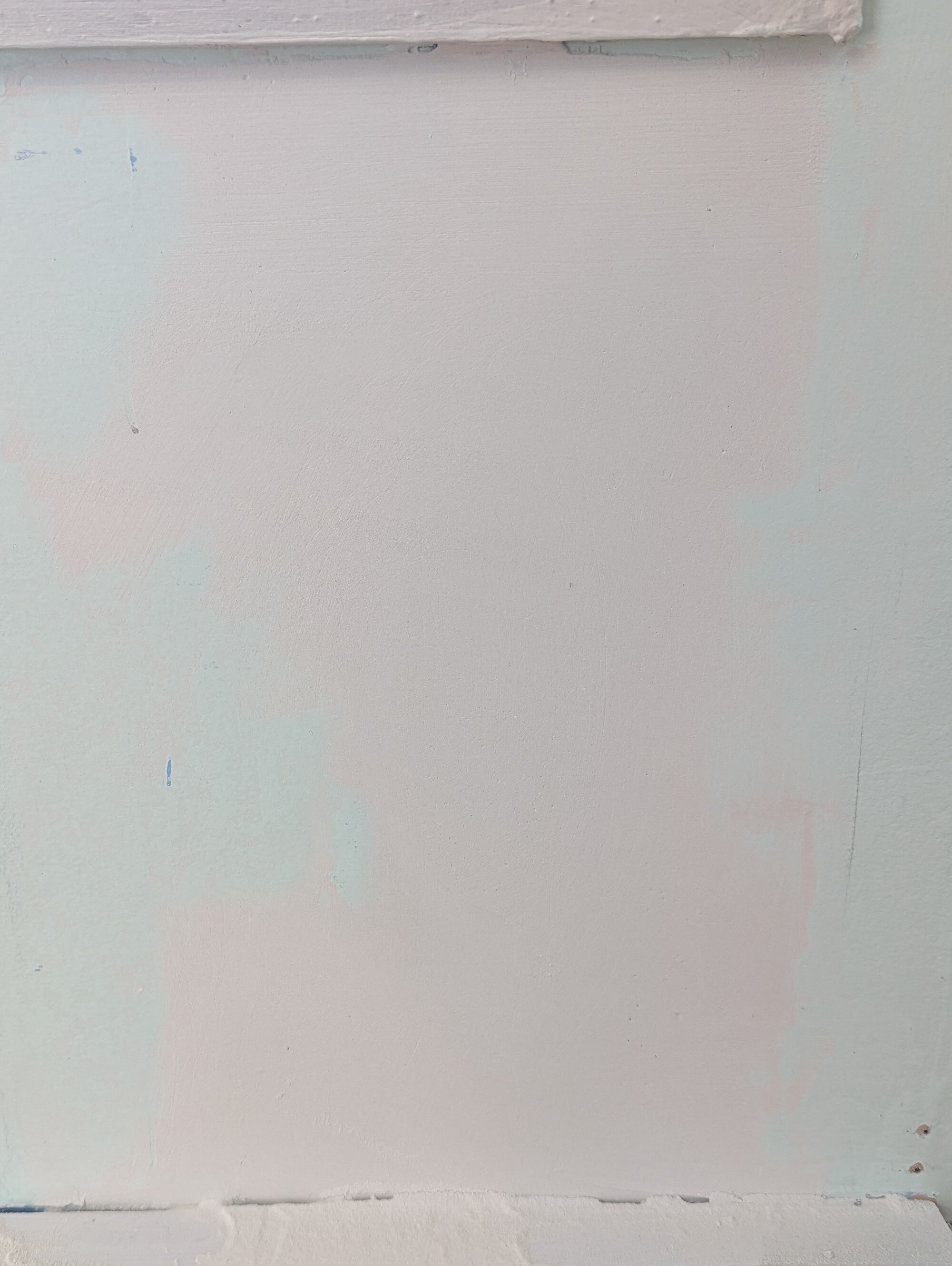Are the cracks just in the paint, or do they go all the way through to the drywall beneath?
Drywall joint compound has no flex. These cracks were caused by the wall moving via some means. Either thermal expansion and contraction, the house settling, or some other construction putting torsion on it. Therefore, if you fill it with joint compound it'll just crack again. The "correct" method I suppose is to notch it out and make a joint over it with seam tape and joint compound, then sand it flat, touch it up, sand it flat again, etc.
Here in reality, though, I had several of these in the walls in my house (particularly in the corners) and I just filled them in with painter's caulk -- which does flex. Screw it. It's getting painted over anyway. I've had no issues, and I probably avoided taking years off my life not only in aggravation but also in not breathing yet more drywall dust.

